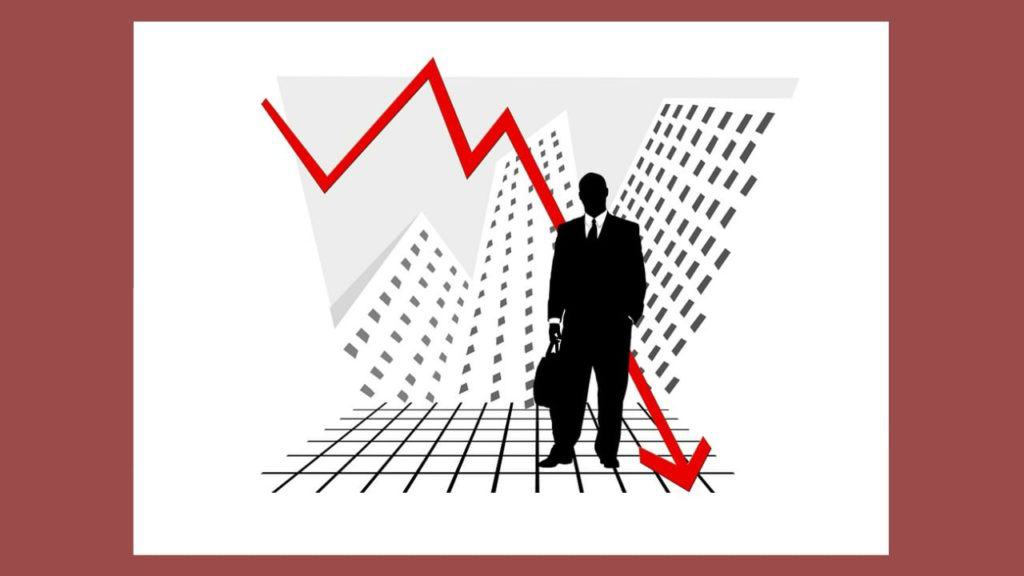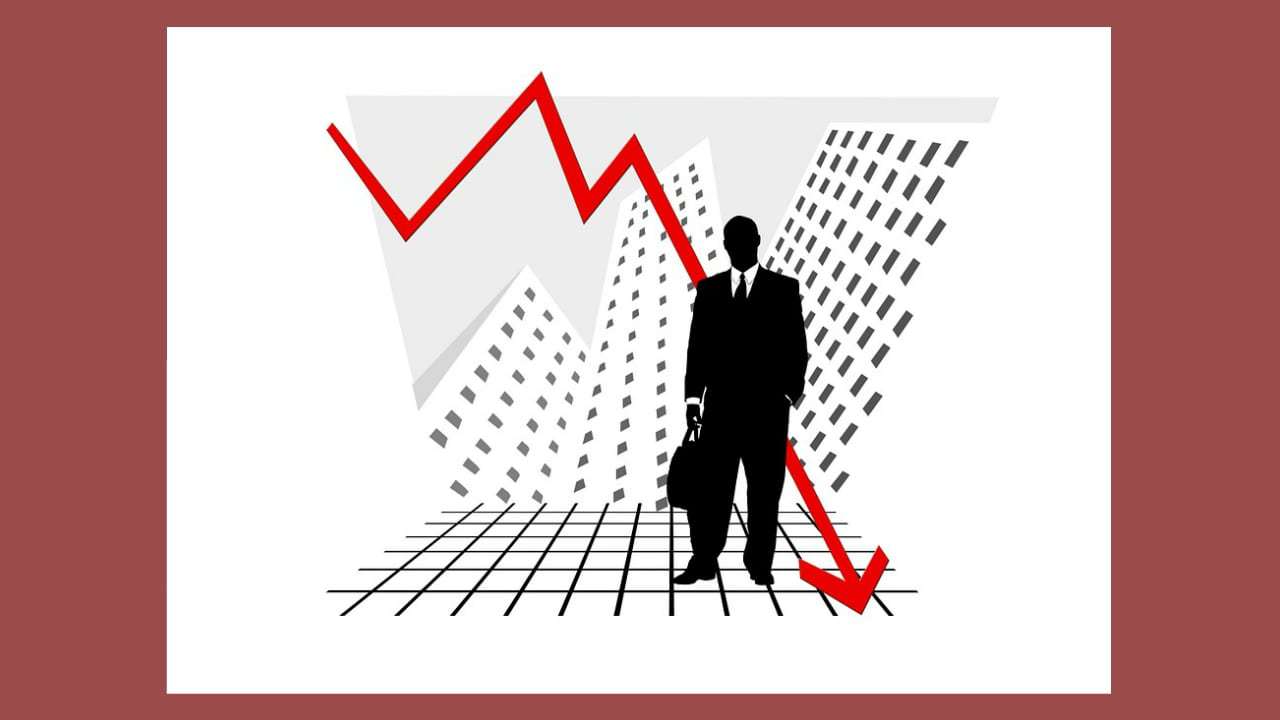What is the definition of debt?
Debt is the money that a person or company owes to others. That is the simplistic definition. It is really one of life’s most stressful parts. Some people grow up in debt. For them, it’s just part of their lives, and they can make it work. Others live from paycheque to paycheque and save little to nothing. For them, it is crippling and can consume their lives, making their existence a daily struggle. For others, it is a parasite, feeding on their mind and their body. It can destroy their life, pulling them down and limiting their options and choices.
Consumer debt and household debt come from a number of places. Some source of debt is from emergency situations, and some of it is from buying expensive things but useful and worth the cost. That is how people have viewed real estate over the last decade, especially during the unprecedented pandemic. However, I also see some situations where high levels are just from bad decisions.
Business loans and corporate debt come in handy for a number of reasons. Perhaps you need some extra cash to get your business up and running. Or, maybe you’re looking to expand your operations by opening a new branch or purchasing new equipment. In any case, a business loan can provide the funds you need to reach your goals. Or, like in the last 2 years, perhaps the bottom has fallen out of the economy due to the COVID-19 pandemic and in order to survive, the business has had to take on government-support loans to increase the business debt load substantially.
All of these are now coming together in a perfect storm, as the Bank of Canada attempts to battle inflation and high Canadian real estate prices by beginning a pattern of interest rate hikes.
In this Brandon’s Blog, I look at how interest rate hikes, higher Canadian household debt and more Canadian business bankruptcies are the most recent signs of the Canadian consumer debt burden, as well as the major indicator of the current state of business in Canada.
Policy Interest Rate – Bank of Canada
The Bank of Canada’s primary business is to conduct monetary policy for the Canadian economy. This means that the Bank uses its tools of monetary policy to try to hit its target for inflation, which it does by adjusting the Bank of Canada’s policy interest rate. The Bank of Canada’s policy interest rate is the rate at which it lends money to financial institutions.
At the beginning of March, the Bank of Canada increased its target for the overnight rate to 1%, with the Bank Rate at 1¼% and the deposit rate at 1%. This Fed interest rate hike was the biggest increase in two decades. The reason? To fight inflation.
The world’s biggest central bankers have long argued that ultra-low interest rates encourage spending and investment, helping to boost growth and employment. So at the outset of the pandemic with the world economies in tatters, all major central bankers, including the Bank of Canada, set borrowing costs at record lows. Those actions, amongst other things, contributed to the current state of inflation in the economy.
Macklem won’t rule out an inflation-driven, super-sized rate hike
The central bank predicts that inflation will remain high, averaging almost six percent in the first half of this year and remaining elevated in the second half of 2022. It is expected to ease in the second half of next year before returning to the two-per-cent target in 2024.
What are the factors causing this inflation? The global financial situation has become more difficult and unpredictable. Prices for oil, natural gas, and other commodities have risen sharply, contributing to inflation in many parts of the world. Supply disruptions resulting from Russia’s invasion of Ukraine have caused the prices of energy and other commodities to increase even further.
Looking to the future, Bank of Canada Governor Tiff Macklem stated that the Bank will be taking another 50-basis-point step which has already been baked into the financial markets. He believes that the economy needs higher rates and can handle them. It is evident that Macklem is dedicated to using Canada’s policy interest rate to bring inflation back to target. As inflation continues to surge to new highs, an even bigger interest rate hike may be on the horizon. Bank of Canada Governor Tiff Macklem indicated that further and faster rate hikes could be necessary to keep inflation in check.
The problem is that Canadian inflation is as much from a global impact as it is local. Raising interest rates may slow down home buying and mortgage growth. While it is true that mortgage debt is Canadians’ single largest obligation, increasing interest rates won’t fix the sky-high pricing at the gas pumps and the supermarkets.
As interest rates increase, so is household debt!
The latest figures from Statistics Canada, the agency responsible for collecting and disseminating statistics related to the economy of Canada, indicated that the total amount of household debt in the country increased by 0.5% in March 2022, up $14.4 billion to $2.69 trillion.
The increase of $13.2 billion came largely from debt related to the real estate market, such as mortgage borrowing and home equity lines of credit (HELOCs). This amount totalled $2.16 trillion outstanding. However, Statistics Canada also reported that credit card debt has increased for the second consecutive month, growing at a faster rate than mortgage debt!
Now as the Bank of Canada embarks on a hiking cycle that could go faster and further than before, and sky-high inflation squeezes household budgets, economists and capital markets are once again raising the red flag.
In a recent poll, 31% of Canadians polled say they already don’t make enough to cover their bills and required payments. Economists look at the rise in credit card debt and attribute it to a rise in personal spending. This is true. However, with prices rising much faster than wages, the increase could be a troubling sign that Canadians are spending on basics by using credit to replace the money they do not have and will not have to repay the new rising liabilities.
The rising cost of debt payments is already putting a strain on Canadians
If you’re borrowing money, interest is what you pay to your lender for using their money. It is your debt cost. If interest rates go up, the amount you have to pay each month for a mortgage, line of credit, or other loans with variable interest rates will increase. The minimum payment required each month on variable rate loan products will increase as interest rate hikes continue. At some point, you’ll also need to renew a fixed interest rate mortgage or loan. When interest rates are rising, the renewal rate on the fixed debt cost will be higher.
Raising borrowing costs to quell rising consumer prices may pose some risks, especially since Canada has a high level of household debt. In terms of household debt to income, Canada ranks 4th highest in the world.
What are the most effective ways to reduce your debt?
Paying down debt as much as possible will help counter the effects of a rise in interest rates and provide you with much-needed debt relief. Here are some of the best ways to reduce your debt burden thereby improving your credit score and credit rating:
- Cut up your credit cards and only use cash for an extended period of time until things are back in control.
- Make a budget and stick to it.
- You should have an emergency fund to pay for unexpected expenses arising from external events out of your control.
- Create a payoff plan. Look at your various categories of debt and make a plan that is most realistic for each type of debt.
- Save money on interest by paying down the outstanding amount with the highest interest rate first.
- Debt consolidation. Consolidate your liabilities with the highest interest rates into a single loan with a lower interest rate. By keeping your payments the same, and paying more than the monthly minimum payment, you’ll be able to pay it off faster and save money in the long run.
- Avoid getting the biggest mortgage or line of credit that you’re offered.
- Get a part-time job or begin a side hustle to boost your income.
- Think first about how borrowing more money could impede your ability to save for future objectives.
- Speak to a financial advisor or one from a wide variety of other financial professionals to find out how to teach you how to create a plan to be debt-free.
What will happen now with external debt and business bankruptcies?
As businesses continue to experience insolvencies, it’s important to note that the Canadian business bankruptcy rate is on the rise, according to a recent report by Statistics Canada and the Office of the Superintendent of Bankruptcy Canada. This increase underscores the importance of taking measures to protect your business from financial hardship.
Business bankruptcies in Canada increased by almost 34 percent year-over-year in the first quarter of 2022, which some experts warn could be the start of a growing wave of failures. This is closer to pre-pandemic levels. The number of business bankruptcies and proposals increased in the first quarter of 2022, with 807 cases compared to 733 in the previous quarter and 603 in the first quarter of 2021.
Business bankruptcies in Canada are increasing as government support comes to an end and businesses face a difficult post-pandemic recovery with high costs, supply chain problems and a shortage of workers. The financial support provided by the government through the COVID-19 pandemic assisted in delaying the surge in bankruptcies. Funding sources are becoming more expensive also.
Small business owners are feeling increased pressure from inflation in comparison to the average Canadian. With each budget line costing more, filing for bankruptcy is often the only option left. The data doesn’t capture the number of insolvent businesses that are forced to close without any formal filing, but the trend is now becoming evident.
Do you think that debt levels and bankruptcy filings will surpass pre-pandemic levels?
The state of the economy and how inflation and supply chain issues are managed will determine if the number of bankruptcy filings will rise in the coming months or not. As you can see, inflation, supply chain issues, interest rate hikes, household debt problems, business owners searching for more solutions and business bankruptcy filings are all now coming together in a perfect storm.
I hope this Brandon’s Blog on the current state of Canadian interest rates, household debt and business bankruptcies was helpful to you in understanding more about the corporate bankruptcy system in Canada.
If you or your company has too heavy a debt load, we understand how you feel. You’re stressed out and anxious because you can’t fix your or your company’s financial situation on your own. But don’t worry. As a government-licensed insolvency professional firm, we can help you get your personal or corporate finances back on track.
If you’re struggling with money problems, call the Ira Smith Team today. We’ll work with you to develop a personalized plan to get you back on track and stress-free, all while avoiding the bankruptcy process if at all possible.
Call us today and get back on the path to a healthy stress-free life.




